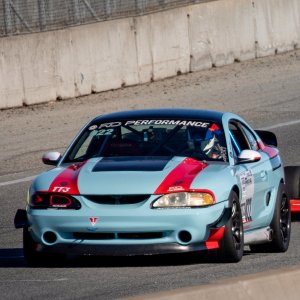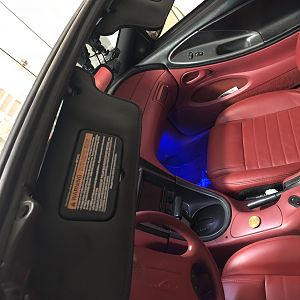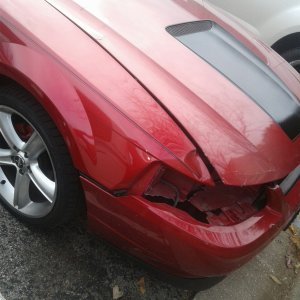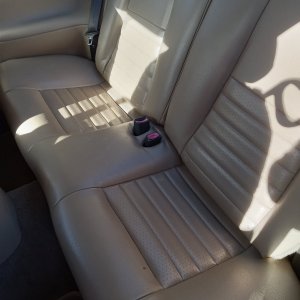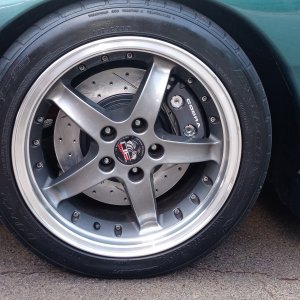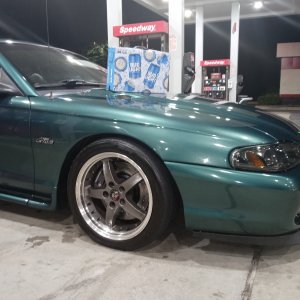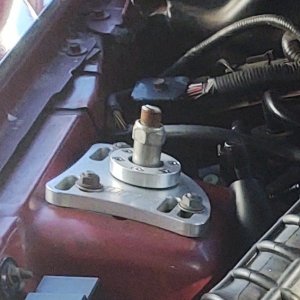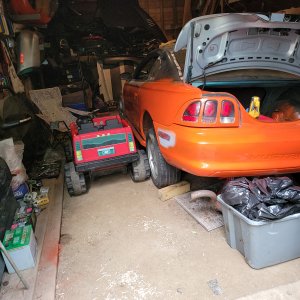Its a proven fact that 1point of compression equates to 4% power increase with any internal combustion engine...period! 200rwhp x 4% = 208rwhp. That dont sound like much improvement!! But lets say you deside to go from 9:1static to 13:1static....thats 4points! That equates to 232rwhp. Can that be done with pump gasoline? Of course!
The biggest issue of an internal combustion engine is detonation. Detonation is a shock wave of auto combusting fuel mixture. Im not refering to the total mixture auto combusting, im refering to very tiny pockets of that mixture auto combusting while piston is TDC and mixture is compressed into head chamber, creating a shock wave before the piston starts to travel down. Detonation destroys! (I have yet to hear of a naturally aspirated performance 2v modular experiance detonation) What level of detonation depends on the destroying level. We know cars today detonate when cruising down a highway, maintaining the same speed, the computer leans the mixture out to detonating/knocking to aid in as much mpg as possible. Thank you knock sensors!
Take a 2000 crown victoria, its known to squeeze out 32mpg on long trips that empty the tank on interstates. 32mpg's!!! Our same 2v's can bairly touch 24mpg on a good day with inflated tires, but mpg's are not what im getting at, detonation resistance of our 2v modulars is my point.
Bore size, rod length, chamber shape, fuel injection, stoke length, squish distance, 2valves swirl homogenous mixture alone aids the best, ...all play a big roll in detonation resistance and our modulars canidate well!!
Long rod, cammed 350ci cheby guys and their 4" bores while carbureted can run 11:1 87octane with newer style aluminum heads, we modular guys have a greater advantage with smaller bores, fuel injection, chamber shape, long stroke and long rod,.....much like the Honda guys running 16:1 in their 4cyl.
[emoji6]
Happy building!



